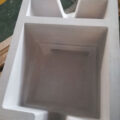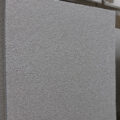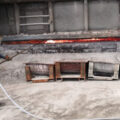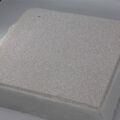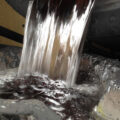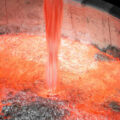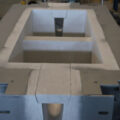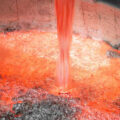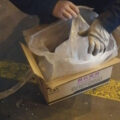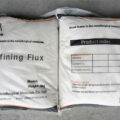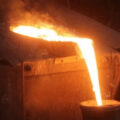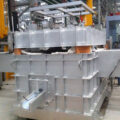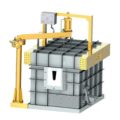Filtering of aluminum alloy melt includes surface filtering and internal filtering. Surface filtration means that solid impurities are mainly deposited on the surface of the filter medium. Internal filtration means that the molten aluminum carries inclusions in the filter medium along the tortuous channels and pores that are directly intercepted, adsorbed, deposited, etc., collide with the pore wall and firmly adhere to the pore wall. As the filtration progresses, the effective filtration section of the pores gradually decreases, and the permeability decreases and the filtration accuracy increases. Ceramic foam filter filtration and deep bed filtration belong to internal filtration, while tubular filtration belongs to the double capture of impurities on the surface and inside.
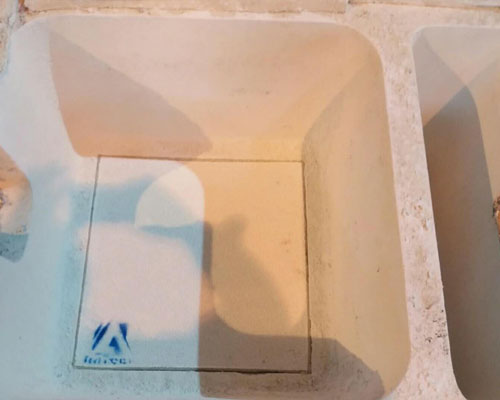
Filtering of Aluminum Alloy Melt
In addition to gas, the aluminum melt also contains inclusions. The inclusions are brought into the ingot from the smelting and casting process. They reduce the purity of the metal and destroy the continuity of the metal, making the mechanical properties of the product and the stress resistance of the alloy Corrosion performance is reduced. If the inclusions are not removed, it is impossible to produce high-quality products. In the on-line degassing process, the floating process of the bubbles meets the inclusion particles to make them part of the surface, and the remaining inclusions need to be removed by the filter device. At present, filtration purification is the most effective method to remove non-metallic inclusions in molten aluminum and aluminum alloys. Without the guarantee of a suitable melt treatment process, the material cannot fully play its role.
Part of the inclusions in the aluminum alloy comes from the furnace charge, and most of the aluminum alloy is in contact with various components in the furnace gas during the smelting process, and compounds such as Al2O3 and nitrides are formed inside the ingot to form larger particles or small clusters. Of non-metallic inclusions. Larger non-metallic inclusions make the alloy structure discontinuous, reduce the compactness of the product, become the source of corrosion and cracks, and significantly reduce the strength and plasticity of the alloy. Small dispersed inclusions increase the viscosity of the metal melt and reduce the solidification time. Feeding capacity of molten aluminum. Moreover, the Al2O3 in the molten aluminum will increase the hydrogen content of the aluminum alloy melt. With the increase of the hydrogen content in the aluminum alloy, the tendency to form defects such as porosity, pores, small self-points, and small tails in the ingot increases.
At present, advanced filtering devices are used in the melting and casting workshops of aluminum processing plants at home and abroad, mainly including ceramic plate filtering devices, deep bed filtering devices, and tubular filtering devices. Since the first successful research of ceramic foam filter for aluminum alloy in the 1970s, ceramic foam filter technology has developed rapidly, and is currently the most widely used in aluminum processing plants. AdTech has good effects on foreign ceramic foam filters.
The filtration level (pore size) ranges from 20PPI to 80ppi, but 30ppi 50ppi is the most commonly used. The layout of the ceramic filter plate includes single-layer filtration and double-layer filtration.

